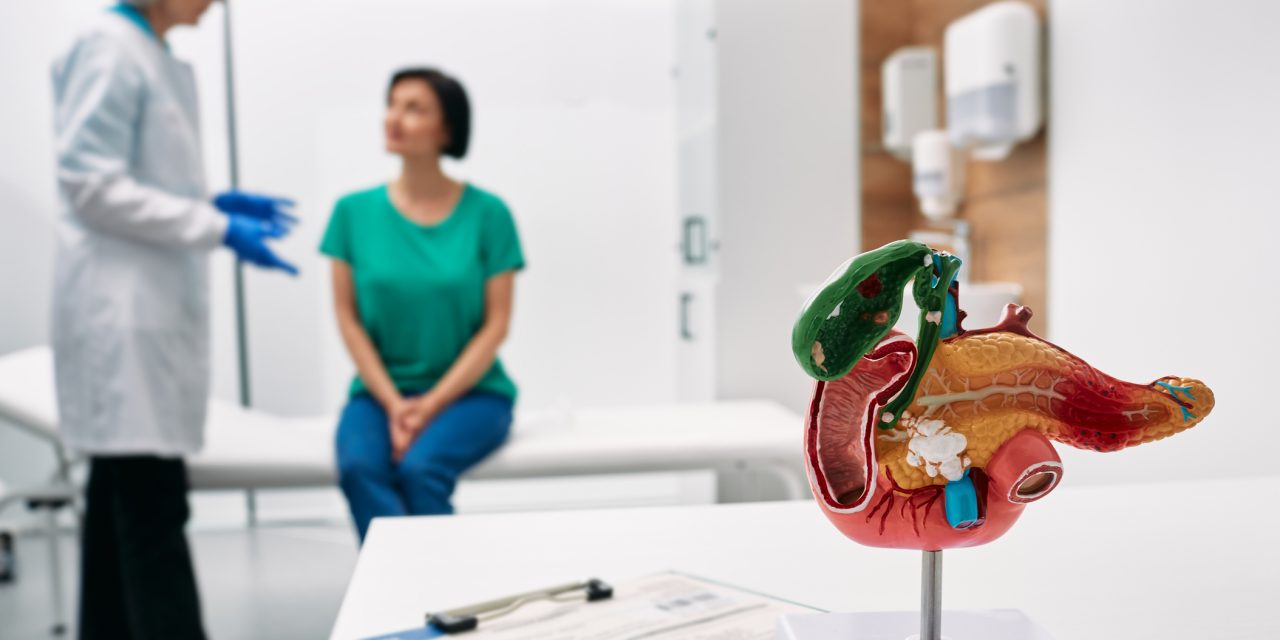After menopause estradiol (E2) is predominately an intracrine hormone circulating in very low serum concentrations.
To examine determinants of E2 concentrations in women beyond 70 years.
A cross-sectional, community based, study.
5325 women, mean age 75.1 (± 4.2) years, not using any sex steroid, anti-androgen/estrogen, glucocorticoid or anti-glycaemic therapy.
Sex steroids measured by liquid chromatography-tandem mass spectrometry. Values below the limit of detection (LOD; E2 11pmol/L [3pg/ml] were assigned a value of LOD/√2 to estimate totalE2.
E2 and E1 were below the LOD in 66.1% and 0.9% of women, respectively. The median (interdecile ranges) for E1 and detectable E2 were 181.2 pmol/L (88.7-347.6) and 22.0 pmol/L (11.0-58.7). Women with undetectable E2 versus detectable E2 were older (median age 74.1years vs 73.8, p=0.02), leaner (median BMI 26.8 kg/m2 vs 28.5, p<0.001) and had lower E1, testosterone and DHEA concentrations (p<0.001). A linear regression model, including age, BMI, E1 and testosterone, explained 20.9% of the variation in totalE2, although only explained an additional 1.2% of variation over E1 alone. E1 and testosterone made significant contributions (r2=0.162, p<0.001) in a model for the subset of women with detectable E2.
Our findings support E1 as a principal circulating estrogen and demonstrate a robust association between E1 and E2 concentrations in postmenopausal women. Taken together with prior evidence for associations between E1 and health outcomes, E1 should be included in studies examining associations between estrogen levels and health outcomes in postmenopausal women.
© Endocrine Society 2020. All rights reserved. For permissions, please e-mail: journals.permissions@oup.com.
Estrone is a strong predictor of circulating estradiol in women aged 70 years and older.


